An approach for monitoring of main physiological states of a class processes is proposed. This class is characterized by production and consumption of intermediate metabolite related to target product. The balance between these two phenomena is considered as key parameter for recognizing the process physiological states. A general structure of cascade software sensor of the key parameter is derived and applied for process monitoring and control. Two type processes are considered as case study. The first one is mono culture for simultaneous saccharification and fermentation of starch to ethanol by Saccharomyces cerevisiae and the second one is mixed culture for biopolymer production by L. delbrulckii and R. Eutropha. The good properties of the proposed monitoring and control schemes are demonstrated by simulation investigations.
1.
Introduction
Let H(U) be the class of analytic functions in the open unit disc U={z∈C:|z|<1} and let H[a,υ] be the subclass of H(U) including form-specific functions
we denote by H=H[1,1].
Also, A(p) should denote the class of multivalent analytic functions in U, with the power series expansion of the type:
Upon differentiating j-times for each one of the (1.1) we obtain:
Numerous mathematicians, for instance, have looked at higher order derivatives of multivalent functions (see [1,3,6,9,16,27,28,31]).
For f,ℏ∈H, the function f is subordinate to ℏ or the function ℏ is said to be superordinate to f in U and we write f(z)≺ℏ(z), if there exists a Schwarz function ω in U with ω(0)=0 and |ω(z)|<1, such that f(z)=ℏ(ω(z)), z∈U. If ℏ is univalent in U, then f(z)≺ℏ(z) iff f(0)=ℏ(0) and f(U)⊂ℏ(U). (see [7,21]).
In the concepts and common uses of fractional calculus (see, for example, [14,15] see also [2]; the Riemann-Liouville fractional integral operator of order α∈C (ℜ(α)>0) is one of the most widely used operators (see [29]) given by:
applying the well-known (Euler's) Gamma function Γ(α). The Erd élyi-Kober fractional integral operator of order α∈C(ℜ(α)>0) is an interesting alternative to the Riemann-Liouville operator Iα0+, defined by:
which corresponds essentially to (1.3) when σ−1=η=0, since
Mainly motivated by the special case of the definition (1.4) when x=σ=1, η=ν−1 and α=ρ−ν, here, we take a look at the integral operator ℑp(ν,ρ,μ) with f∈A(p) by (see [11])
Evaluating (Euler's) Gamma function by using the Eulerian Beta-function integral as following:
we readily find that
It is readily to obtain from (1.5) that
The integral operator ℑp(ν,ρ;ℓ)f(z) should be noted as a generalization of several other integral operators previously discussed for example,
(ⅰ) If we set p=1, we get ˜I(ν,ρ;ℓ)f(z) defined by Ŕaina and Sharma ([22] with m=0);
(ⅱ) If we set ν=β,ρ=β+1 and ℓ=1, we obtain ℑβpf(z)(β>−p) it was presented by Saitoh et al.[24];
(ⅲ) If we set ν=β,ρ=α+β−δ+1, ℓ=1, we obtain ℜα,δβ,pf(z)(δ>0; α≥δ−1; β>−p) it was presented by Aouf et al. [4];
(ⅳ) If we put ν=β,ρ=α+β, ℓ=1, we get Qαβ,pf(z)(α≥0;β>−p) it was investigated by Liu and Owa [18];
(ⅴ) If we put p=1, ν=β,ρ=α+β, ℓ=1, we obtain ℜαβf(z)(α≥0;β>−1) it was introduced by Jung et al. [13];
(ⅵ) If we put p=1, ν=α−1, ρ=β−1, ℓ=1, we obtain L(α,β)f(z)(α,β∈C∖Z0,Z0={0,−1,−2,...}) which was defined by Carlson and Shaffer [8];
(ⅶ) If we put p=1, ν=ν−1, ρ=j, ℓ=1 we obtain Iν,jf(z)(ν>0;j≥−1) it was investigated by Choi et al. [10];
(ⅷ) If we put p=1, ν=α,ρ=0, ℓ=1, we obtain Dαf(z)(α>−1) which was defined by Ruscheweyh [23];
(ⅸ) If we put p=1, ν=1, ρ=m, ℓ=1, we obtain Imf(z)(m∈N0) which was introduced by Noor [21];
(ⅹ) If we set p=1, ν=β,ρ=β+1, ℓ=1 we obtain ℑβf(z) which was studied by Bernadi [5];
(ⅹⅰ) If we set p=1, ν=1, ρ=2, ℓ=1 we get ℑf(z) which was defined by Libera [17].
2.
Key lemmas
We state various definition and lemmas which are essential to obtain our results.
Definition 1. ([20], Definition 2, p.817) We denote by Q the set of the functions f that are holomorphic and univalent on ¯U∖E(f), where
and satisfy f′(ζ)≠0 for ζ∈∂U∖E(f).
Lemma 1. ([12]; see also ([19], Theorem 3.1.6, p.71)) Assume that h(z) is convex (univalent) function in U with h(0)=1, and let φ(z)∈H, is analytic in U. If
where γ≠0 and Re(γ)≥0. Then
and Ψ(z) is the best dominant.
Lemma 2. ([26]; Lemma 2.2, p.3) Suppose that q is convex function in U and let ψ∈C with ϰ∈C∗=C∖{0} with
If λ(z) is analytic in U, and
therefore λ(z)≺q(z), and q is the best dominant.
Lemma 3. ([20]; Theorem 8, p.822) Assume that q is convex univalent in U and suppose δ∈C, with Re(δ)>0. If λ∈H[q(0),1]∩Q and λ(z)+δzλ′(z) is univalent in U, then
implies
and q is the best subordinant.
For a,ϱ,c and c(c∉Z−0) real or complex number the Gaussian hypergeometric function is given by
The previous series totally converges for z∈U to a function analytical in U (see, for details, ([30], Chapter 14)) see also [19].
Lemma 4. For a,ϱ and c (c∉Z−0), real or complex parameters,
3.
Main results
Throughout the sequel, we assume unless otherwise indicated −1≤D<C≤1, δ>0, ℓ>0, ν,ρ∈R, ν>−ℓp, p∈N and (ρ−j)≥0. We shall now prove the subordination results stated below:
Theorem 1. Let 0≤j<p, 0<r≤1 and for f∈A(p) assume that
whenever δ∈(0,+∞)∖N. Let define the function Φj by
such that the powers are all the principal ones, i.e., log1 = 0. Whether
then
where
and [p!(p−j)!]δp(z) is the best dominant of (3.3). Moreover, there are
where ζ is given by:
then (3.4) is the best possible.
Proof. Let
It is observed that the function ϕ(z)∈H, which is analytic in U and ϕ(0)=1. Differentiating (3.5) with respect to z, applying the given equation, the hypothesis (3.2), and the knowing that
we get
We can verify that the above equation q(z) is analytic and convex in U as following
Using Lemma 1, there will be
In order to calculate the integral, we define the integrand in the type
using Lemma 4 we obtain
On the other hand if D=0 we have
where the identities (2.1)–(2.3), were used after changing the variable, respectively. This proof the inequality (3.3).
Now, we'll verify it
Indeed, we have
Setting
and
where dv(s) is a positive measure on the closed interval [0, 1], we get that
so that
Now, taking σ→1− we get the result (3.7). The inequality (3.4) is the best possible since [p!(p−j)!]δp(z) is the best dominant of (3.3).
If we choose j=1 and α=δ=1 in Theorem 1, we get:
Corollary 1. Let 0<r≤1. If
then
where ζ1 is given by:
then (3.8) is the best possible.
If we choose ν=ρ=0 and ℓ=1 in Theorem 1, we get:
Corollary 2. Let 0≤j<p, 0<r≤1 and as f∈A(p) assume that
whenever δ∈(0,+∞)∖N. Let define the function Φj by
such that the powers are all the principal ones, i.e., log1 = 0. If
then
where
and [p!(p−j)!]δp1(z) is the best dominant of (3.10). Morover, there are
where ζ2 is given by
then (3.11) is the best possible.
If we put δ=1 and r=1 in Corollary 2, we get:
Corollary 3. Let 0≤j<p, and for f∈A(p) say it
Let define the function Φj by
If
then
where
and p!(p−j)!p2(z) is the best dominant of (3.12). Morover there will be
where ζ3 is given by:
then (3.13) is the best possible.
For C=1,D=−1 and j=1 Corollary 3, leads to the next example:
Example 1. (i) For f∈A(p) suppose that
Let define the function Φj by
then
and
where ζ4 is given by:
then (3.15) is the best possible.
(ii) For p=α=1, (i) leads to:
For f∈A suppose that
Let define the function Φj by
then
So the estimate is best possible.
Theorem 2. Let 0≤j<p, 0<r≤1 as for f∈A(p). Assume that Fα is defined by
If
then
where
and p!(p−j)!p(z) is the best dominant of (3.18). Moreover, there will be
where η is given by:
then (3.19) is the best possible.
Proof. By using the definition (3.16) and the inequality (3.6), we have
for 0≤j<p. Putting
we have that ϕ∈H. Differentiating (3.21), and using (3.17), (3.20), we get
Following the techniques of Theorem 1, we can obtain the remaining part of the proof.
If we choose j=1 and r=1 in Theorem 2, we get:
Corollary 4. For f∈A(p) let the function Fα define by 3.16. If
then
where η1 is given by:
then (3.22) is the best possible.
Example 2. If we choose p=C=α=1 and D=−1 in Corollary 4, we obtain:
For
If
then
the result is the best possible.
Theorem 3. Let 0≤j<p, 0<r≤1 as for θ>−p assume that Jp,θ:A(p)→A(p) defined by
If
then
where
and p!(p−j)!p(z) is the best dominant of (3.25). Moreover, there will be
where β is given by:
then (3.26) is the best possible.
Proof. Suppose
we have that ϕ∈H. Differentiating the above definition, by using (3.24) and
we get
Now, we obtain (3.25) and the inequality (3.26) follow by using the same techniques in Theorem 1.
If we set j=1 and r=1 in Theorem 3, we get:
Corollary 5. For θ>−p, let the operator Jp,θ:A(p)→A(p) defined by (3.25). If
then
where β1 is given by:
then (3.27) is the best possible.
Example 3. If we choose p=C=θ=1 and D=−1 in Corollary 5, we get:
If
then
the result is the best possible.
Theorem 4. Let q is univalent function in U, such that q satisfies
Let 0≤j<p, 0<r≤1 and for f∈A(p) assume that
whenever δ∈(0,+∞)∖N. Let the function Φj defined by (3.1), and assume that it satisfies:
Then,
and q(z) is the best dominant of (3.30).
Proof. Let ϕ(z) is defined by (3.5), from Theorem 1 we get
Combining (3.29) and (3.31) we find that
The proof of Theorem 4 follows by using Lemma 2 and (3.32).
Taking q(z)=(1+Cz1+Dz)r in Theorem 4, we obtain:
Corollary 6. Suppose that
Let 0≤j<p, 0<r≤1 and for f∈A(p) satisfies
whenever δ∈(0,+∞)∖N. Let the function Φj defined by (3.1), satisfies:
Then,
so (1+Cz1+Dz)r is the best dominant of (3.33).
Taking q(z)=1+Cz1+Dz in Theorem 4, we get:
Corollary 7. Suppose that
Let 0≤j<p, 0<r≤1 and for f∈A(p) satisfies
whenever δ∈(0,+∞)∖N. Let the function Φj defined by (3.1), satisfies:
Then,
so 1+Cz1+Dz is the best dominant of (3.34).
If we put ν=ρ=0 and ℓ=1 in Theorem 4, we get:
Corollary 8. Let q is univalent function in U, such that q satisfies
For f∈A(p) satisfies
Let the function Φj defined by (3.9), satisfies:
Then,
so q(z) is the best dominant of (3.36).
Taking C=1 and D=−1 in Corollaries 6 and 7 we get:
Example 4. (i) For f∈A(p) assume that
Let the function Φj defined by (3.1), and assume that it satisfies:
Then,
so (1+z1−z)r is the best dominant of (3.37).
(ii) For f∈A(p) say it
Let the function Φj defined by (3.1), and assume that it satisfies:
Then,
so 1+z1−z is the best dominant of (3.38).
If we put p=C=α=δ=1, D=−1 and j=0 in Corollary 8 we get:
Example 5. For f∈A suppose that
and
Then,
and (1+z1−z)r is the best dominant of (3.39).
Remark 1. For ν=ρ=0, ℓ=p=r=1 and j=0 in Theorem 4, we get the results investigated by Shanmugam et al. ([25], Theorem 3.1).
Theorem 5. Let 0≤j<p, and for f∈A(p) assume that
whenever δ∈(0,+∞)∖N. Suppose that
such that [(p−j)!p!]δΦj(z) is univalent in U, where the function Φj is defined by (3.1). If q is convex (univalent) function in U, and
then
so q(z) is the best subordinate of (3.40).
Proof. Let ϕ is defined by (3.5), from (3.31) we get
The proof of Theorem 5 followes by an application of Lemma 3.
Taking q(z)=(1+Cz1+Dz)r in Theorem 5, we get:
Corollary 9. Let 0≤j<p, 0<r≤1 and for f∈A(p) assume that
Suppose that
such that [(p−j)!p!]δΦj(z) is univalent in U, where the function Φj is defined by (3.1). If
then
so (1+Cz1+Dz)r is the best dominant of (3.41).
Taking q(z)=1+Cz1+Dz and r=1 in Theorem 5, we get:
Corollary 10. Let 0≤j<p, and for f∈A(p) assume that
whenever δ∈(0,+∞)∖N. Assume that
such that [(p−j)!p!]δΦj(z) is univalent in U, where the function Φj is defined by (3.1). If
then
so 1+Cz1+Dz is the best dominant of (3.42).
Combining results of Theorems 4 and 5, we have
Theorem 6. Let 0≤j<p, and for f∈A(p) assume that
Suppose that
such that [(p−j)!p!]δΦj(z) is univalent in U, where the function Φj is defined by (3.1). Let q1 is convex (univalent) function in U, and assume that q2 is convex in U, that q2 satisfies (3.28). If
then
and q1(z) and q2(z) are respectively the best subordinate and best dominant of the above subordination.
4.
Conclusions
We used the application of higher order derivatives to obtained a number of interesting results concerning differential subordination and superordination relations for the operator ℑp(ν,ρ;ℓ)f(z) of multivalent functions analytic in U, the differential subordination outcomes are followed by some special cases and counters examples. Differential sandwich-type results have been obtained. Our results we obtained are new and could help the mathematicians in the field of Geometric Function Theory to solve other special results in this field.
Acknowledgments
This research has been funded by Deputy for Research & innovation, Ministry of Education through initiative of institutional funding at university of Ha'il, Saudi Arabia through project number IFP-22155.
Conflict of interest
The authors declare no conflict of interest.











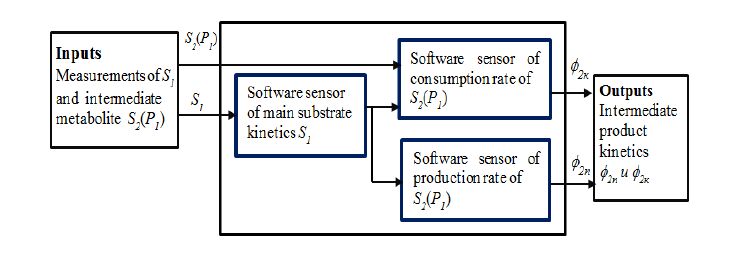
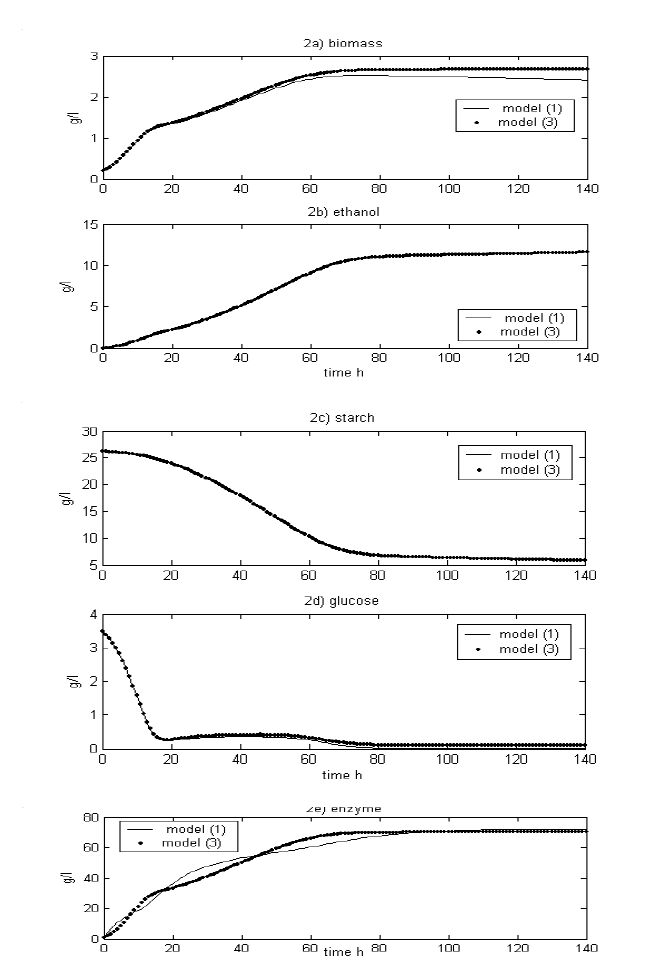
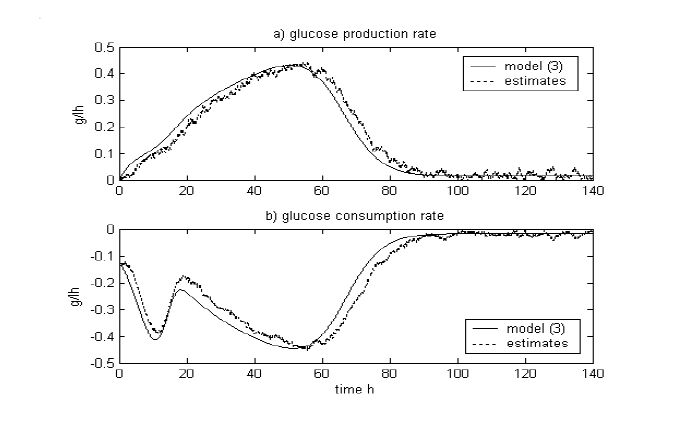
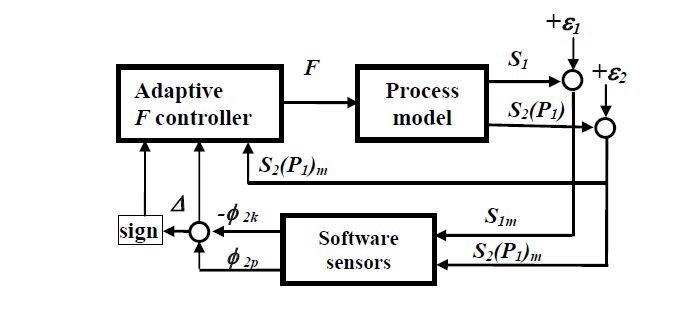
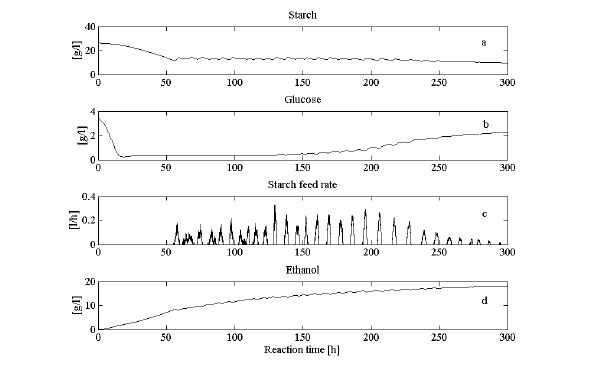
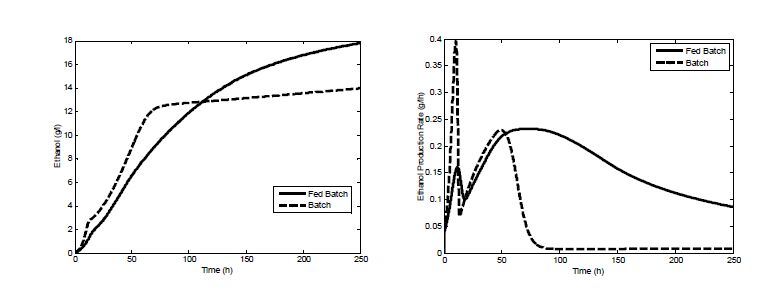
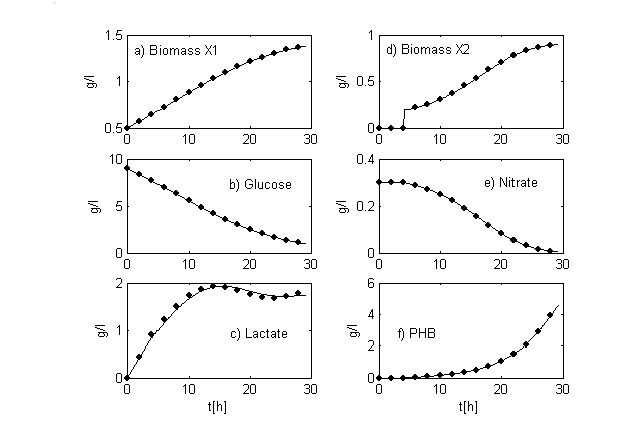

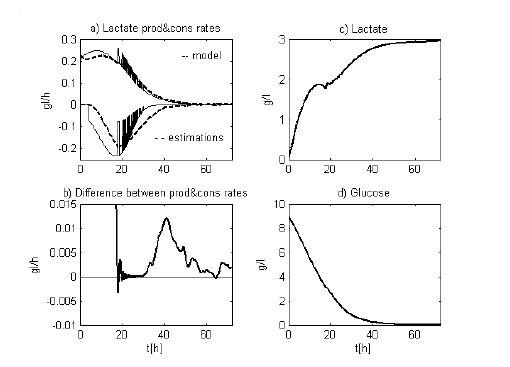
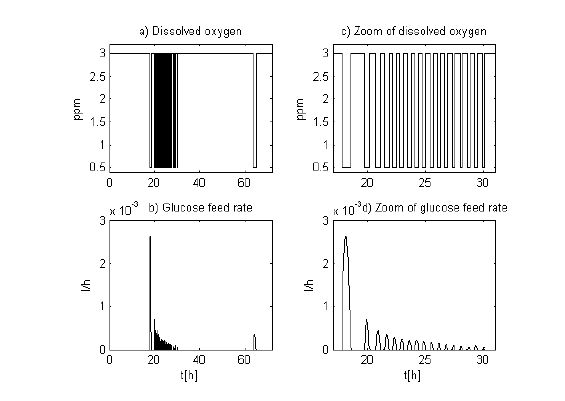


 DownLoad:
DownLoad: